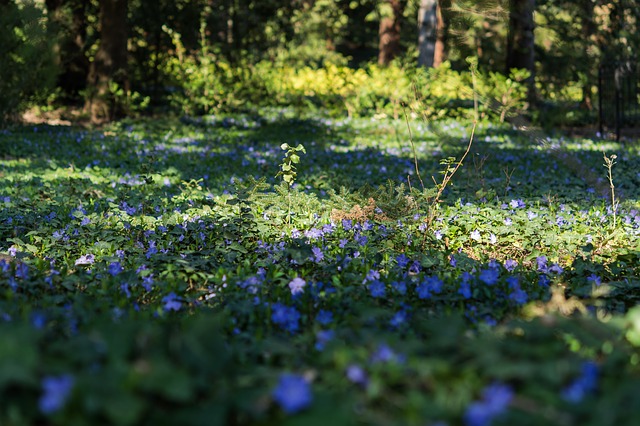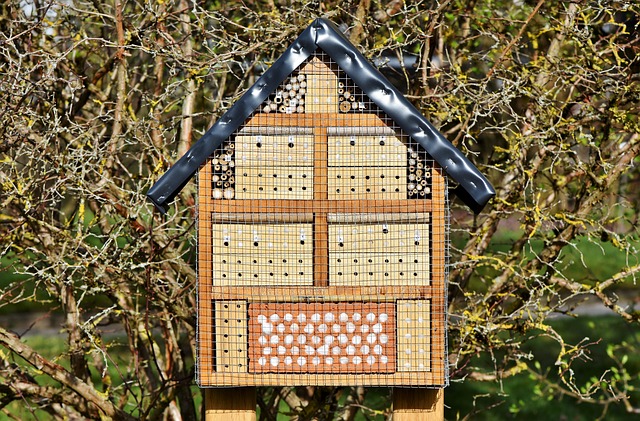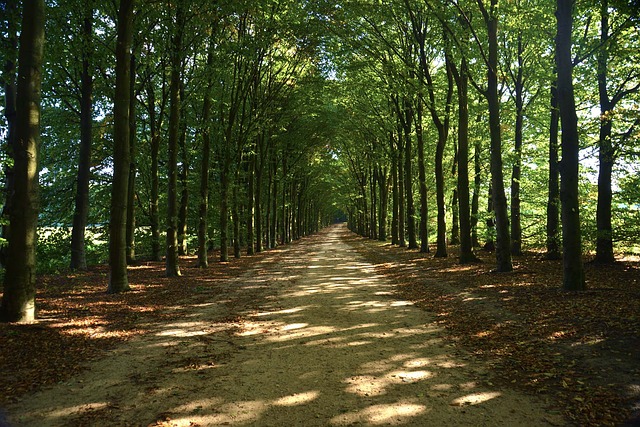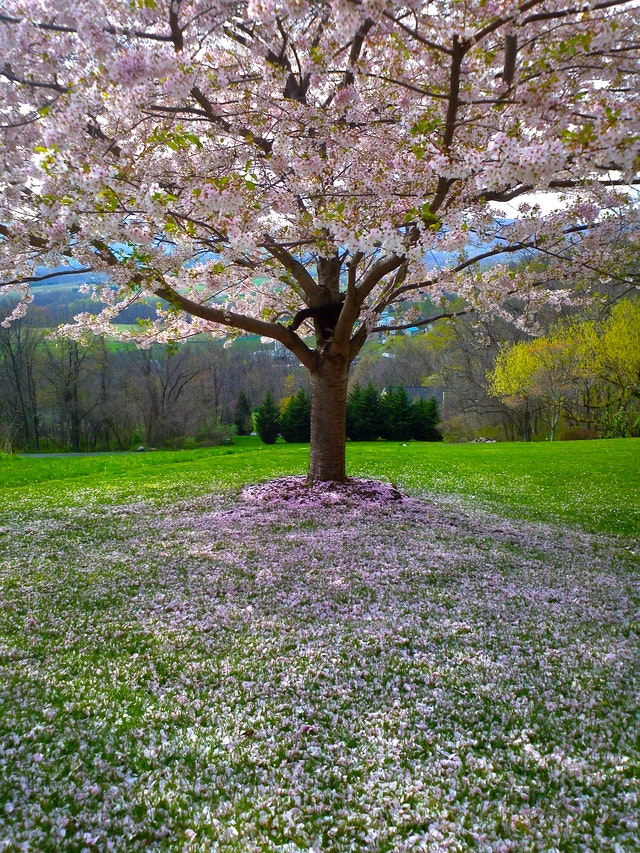Maintenance of a wildflower area
- Keep cutting the grass from July through to March. Marc is adamant that you should cut it and keep cutting if from July onwards. Even if it means cutting down flowers. ‘If you let the grass bulk up through the summer it will take over from the delicate wildflowers.
- Make sure you always take off the cuttings.
There is another way
If you want a wonderful, easy, colourful cop-out, with all the benefits of a wildflower meadow but none of the hard work, go for a bed of annual cornfield flowers. Sow them (children like to do this) in ground that is as weed free as possible in early spring and in just a few months you’ll have a colourful display of thing like cornflowers, marigolds and corncockles. You can buy cornfield annual mix from most seed suppliers.
Lawns: a wildlife desert
Lawns that are treated with chemicals or tightly mown all year are pretty atrocious for wildlife. The small piece of grass in Marc’s garden in used as a wildflower area in the first half of the year and then cut like a lawn after that. This unusual management regime makes a big difference to wildlife.
Top plants for wildlife; recommended by Marc
1. Wild marjoram
2. Hairy Michaelmas daisy
These are late summer-and autumn-flowering daisies. Aster novae-angliae and Aster amellus are the ones to get. They’re not weedy or invasive.
3. wild golden red
‘but not invasive Canadian goldenrod, Solidago virgaurea is the one you want’.
4. Perennial sunflower
Helianthus ‘Lemon Queen’ is a particularly pretty one.’
5. Single-flowered shrub and species roses.
6. Lavender
‘Lavandula x intermedia and other tall old-fashioned lavenders.’
7. Wild scabious
8. Globe thistles
9. Catmint
10. Butterfly bushes
Especially the orange-flowered Buddleja x weyeriana.’
Remember to leave everything to go to see-for the birds.
Making a Wild Bee House
Bess need tunnels in dry wood to lay their eggs, so don’t cut dead trees right down to the ground: the upright wood is better for the bees.
You can provide a manmade home her them as well. This house bee l needs to be put up in the sunniest place you can find at about chest height.
- The basic ingredient is a chunk of wood-make sure it’s not treated-with an angled cut on the top. Also shown here are a piece of wood to go on the top. To keep the rain off, and some screw eyes for fixing it t6o a wall, tree or fence.
- Drill lots of holes of different sizes as far into the chunk of wood as you can up to a diameter of 8 millimetres.
- Attach a top to the sloping edge. Enough to keep the rain off but not so much that it casts too much shade.
- Use screw eyes drilled into the wood at the back so the house can be easily hooked onto a fence.
Watch out for birds like woodpeckers who will try to get the bees’ eggs out. Covering the bee house with wire netting or taking it to a sheltered place for winter-but it must be a cold place-will help. Put it back out in its sunny spot on 1 April when the following year’s pollinators will start to emerge.
Bumble bees usually ignore nesting boxes, but heaps of dry grass or piles of dry wood will help them along.
Bee facts
- Bumble bees and honey bees live in groups, solitary bees don’t (as their name indicates).
- There are 240 types of solitary bee in the country.
- These bees don’t sting.
- Unlike honey bees, bumble bees and solitary bees only produce enough honey to feed their young and so they have no commercial value.
New perennial planting and wildlife
New perennial planting is a wonderful idea that is really taking of in gardens now and what marc has done here is a variation on this. The idea is to use drifts of plants and grasses (as opposed to shrubs) that give movement, colour and a changing picture to the garden. With all their flowers, these plants are great for wildlife. Also you leave the plants standing through winter: the seed heads are a good source of food. Normally these perennial plantings are done on a big scale, but the same can be achieved, as here, in a smaller garden.
- A really stylish, modern bird bath from the Urban Garden.
- Get a child to put their apple into this feeder, by Frances Hilary, and their interest is immediately sparked every time a hungry birds starts to peck at it.
- Cox & Cox stock a stylish and easy-made bee house to help bees overwinter in the garden.
- Ladybirds are wonderful little beasts to encourage into the garden and this owner, by Frances Hilary, is a perfect winter home for them.
- Looking more like a dovecote than any ordinary bird box, this gothic nesting box with intricate woodwork and a copper top is by Frances Hilary.





